The highly anticipated Great North American Solar Eclipse finally happened, spreading brief darkness across the continent and revealing the outermost layer of the Sun’s atmosphere.
The total solar eclipse’s path over land began in Mexico starting around 4:07 am AEST, crossing into Texas at 4:27 am AEST and Maine around 5:35 am AEST. The path of totality crossed major cities in the U.S. and Canada, and an even larger area experienced partial dimming of the daylight. Countless cameras pointed at the celestial spectacle; here are some of the best shots so far.
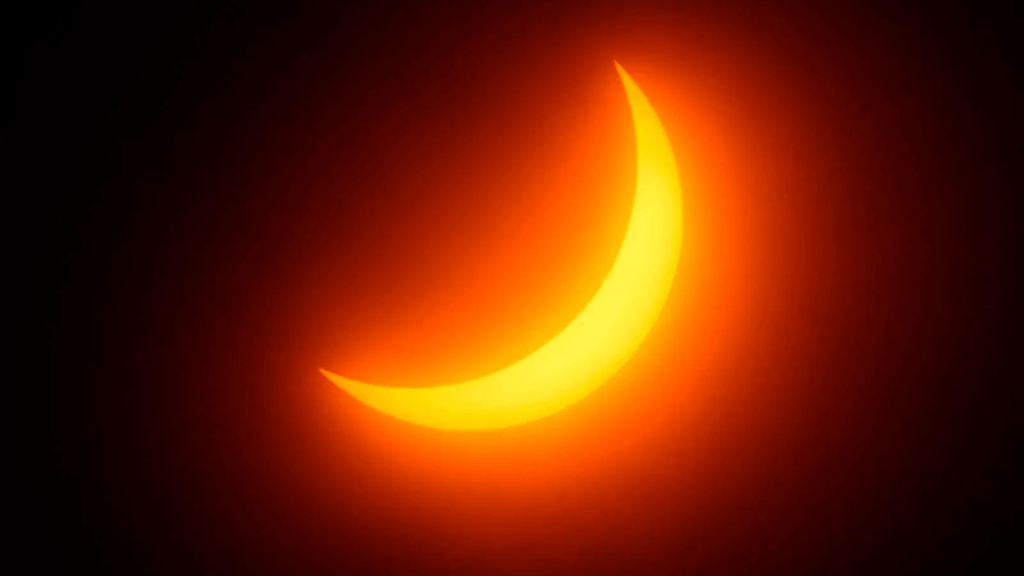
During the eclipse, the Moon passed in front of the Sun from our perspective on Earth. Compared to the 2017 eclipse, the Moon is closer to Earth, so it appeared slightly larger during this year’s eclipse, with a longer period of totality and darkness. This view of the Moon partially blocking the Sun was taken from Eagle Pass, Texas.

Monday’s event marked the first total solar eclipse that passed through North America in seven years, with the next one taking place on August 23, 2044. This shot was taken in Brady, Texas.
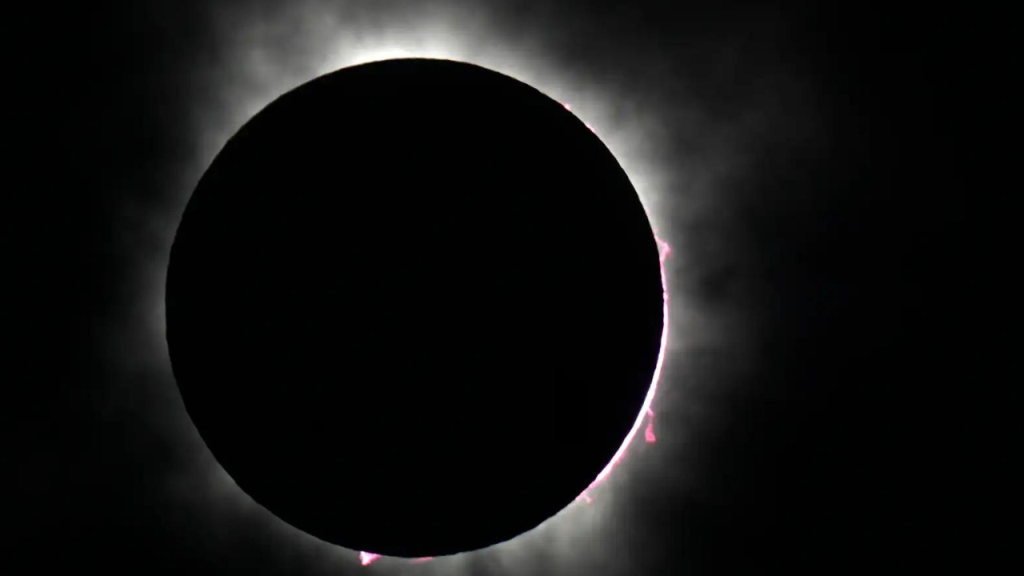
This year’s solar eclipse coincided with the solar maximum, a period of increased activity when the Sun regularly expels material into space. The star goes through an 11-year cycle of fluctuating activity, and we are currently coming up on the solar maximum of cycle 25, which means the Sun has been exhibiting a rise in the number of sunspots, solar flares, and coronal mass ejections. As a result, views of the eclipse captured plenty of solar prominences sticking out from behind the Moon. This view of the Sun was captured from Fort Worth, Texas.
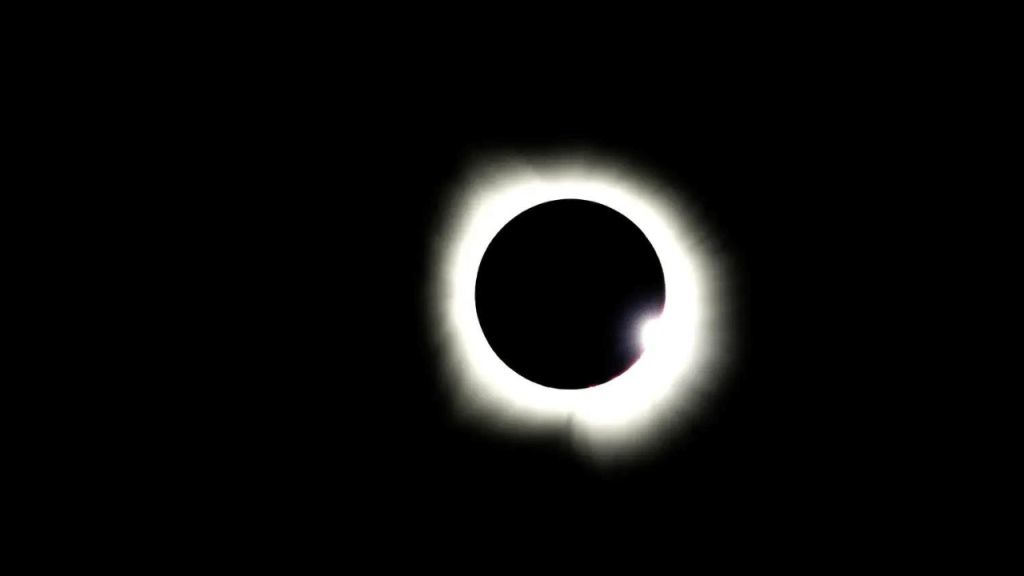
At the time of totality, the Sun’s disc is blocked by the Moon. What remains is the solar corona—the outermost layer of the Sun’s atmosphere that’s made up of plasma. This view of the eclipse was captured from Paris, Texas.
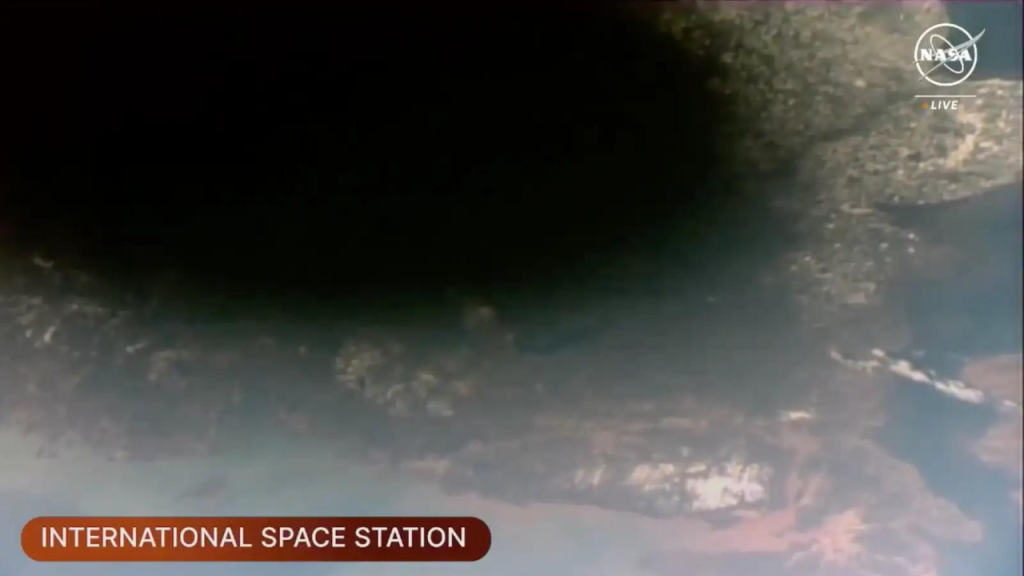
The spectacle isn’t just reserved for us on Earth; astronauts on board the International Space Station were also treated to an exceptional view of the total solar eclipse on Monday as it swept across North America.
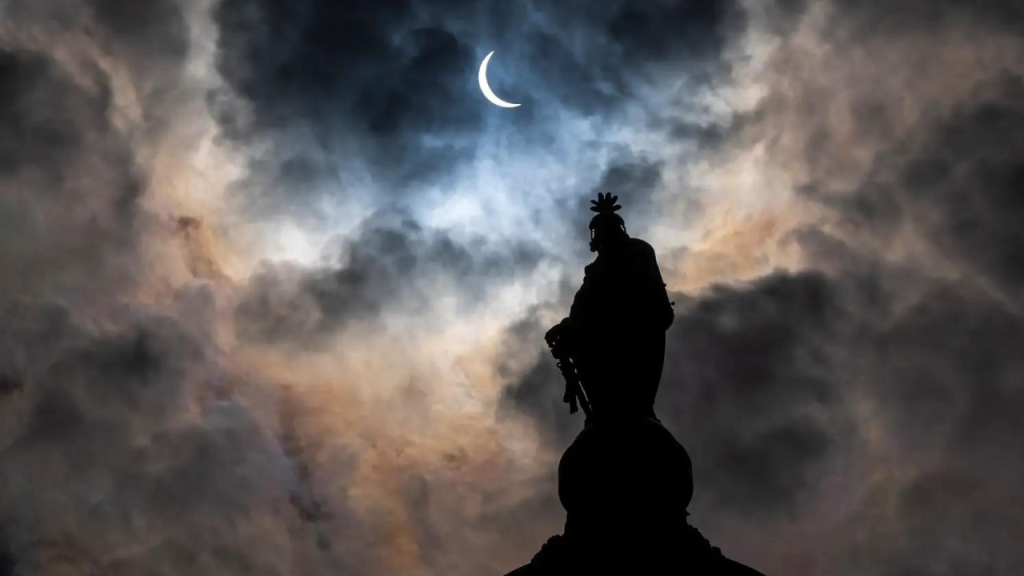
Earthly viewers experienced a brief period of darkness, as though it were dusk or dawn. In this image, the Statue of Freedom on top of the U.S. Capitol in Washington stands in the Moon’s shadow.

A couple looks onto the solar eclipse from Trenton, Ohio.
If you weren’t able to catch the eclipse IRL, there are plenty of ways to replay it. NASA and other organisations set up live streams of the celestial event for your viewing pleasure.
Image: AP/Gizmodo Australia
